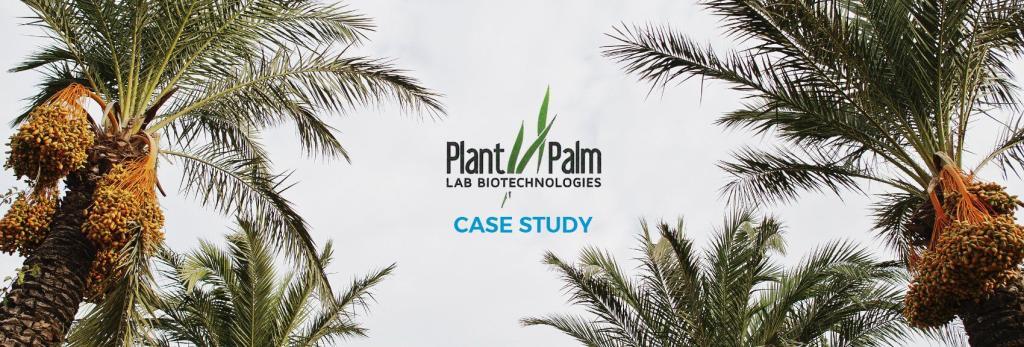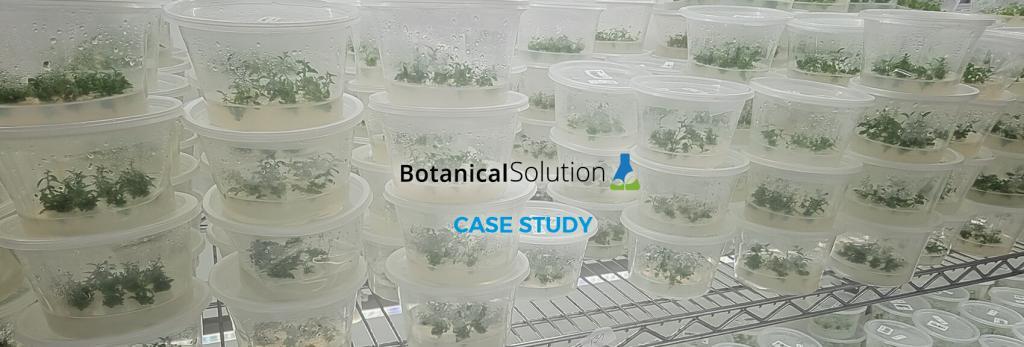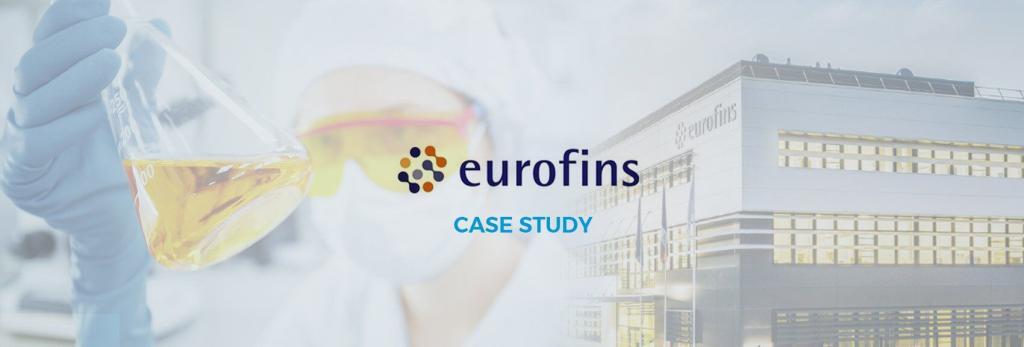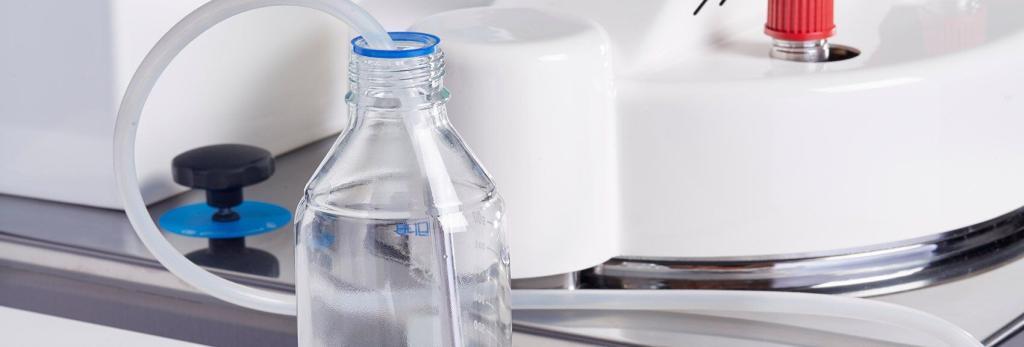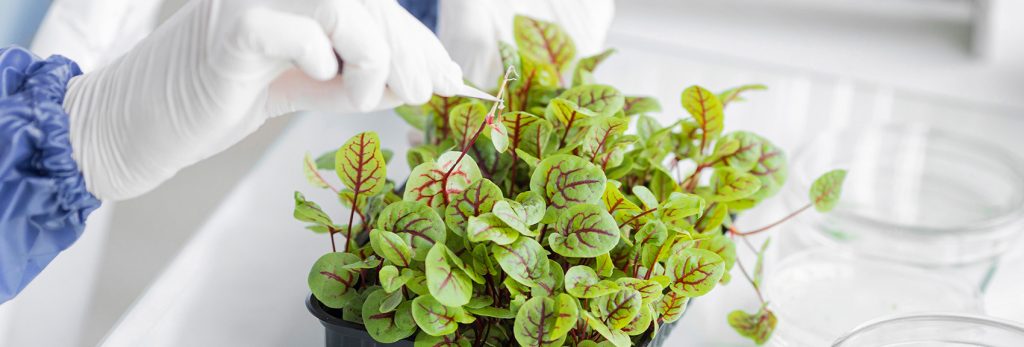What is in vitro plant tissue culture and how does it work?
Plant tissue culture encompasses a set of techniques with multiple applications and is currently a rapidly growing field.
This process is carried out in specialized laboratories, where professionals cultivate in vitro explants—separated parts of a plant such as protoplasts, cells, tissues, or organs—under strictly controlled environmental conditions with the aim of producing large quantities of genetically identical plants.
Plant tissue culture is defined as the cultivation of in vitro explants under strictly controlled environmental conditions with the objective of producing large quantities of genetically identical plants.
Biologically, plant tissue culture is possible thanks to the cellular totipotency of meristematic plant tissues, which are present in various plant organs.
This unique capability allows plant cells to reproduce asexually, revert their differentiation, and then re-differentiate to form a new plant.
Totipotency is the ability of certain cells to regenerate a complete organism, giving rise to all its cell types. Meristematic tissues are composed of undifferentiated cells with a high division capacity, responsible for plant growth and regeneration.
Plant tissue culture is based on the principles of plant biotechnology, a multidisciplinary field that integrates various life sciences, including biochemistry, molecular biology, immunology, virology, genetics, as well as applications in the food industry, pharmaceutical industry, and agriculture.
Applications of in vitro plant tissue culture in biotechnology and agriculture
Plant tissue culture enables the study and genetic modification of plants to enhance their resistance to viruses and insects, improve their nutritional value, modify their physical traits, and optimize their metabolism.
Additionally, it provides a deeper understanding of the genetic and physiological processes of plants, as the controlled environmental conditions of in vitro culture allow for precise monitoring and analysis.
This approach is essential for harnessing plant totipotency and inducing genotypic and phenotypic manipulation in plant cells.
Today, plant tissue culture is a key tool in both basic research and commercial applications. Its uses span multiple industries, including:
- Agricultural biotechnology: Innovation in the development of high-yield seeds that increase fruit production per plant.
- Cosmetics: Production of collagen protein extracts and growth factors from plant stem cells, eliminating the need for animal-derived ingredients.
- Medicine: Development of pharmaceuticals and vaccines using genetically modified plants.
- Horticulture: The industry experiencing the greatest impact, as many companies now cultivate fruits and vegetables in vertical farming systems and greenhouses through plant tissue culture.
Types of plant tissue culture
As mentioned earlier in this article, in vitro plant tissue culture encompasses multiple techniques, classified according to their purpose:

Meristem culture
This method involves culturing plant meristematic tissues under artificial conditions. It is ideal for preventing virus-induced diseases, as meristematic tissues are typically free of pathogens.

Organ culture
A technique that utilizes a plant organ—such as a leaf, root, or stem—to preserve the structure and functions of the desired plant.

Callus culture
A callus is a mass of undifferentiated cells. This technique involves culturing callus cells from any part of the plant, which are later induced to differentiate.

Seed culture
This method uses seeds to regenerate plants in an artificial environment.

Protoplast culture
In this technique, plant cells are isolated, their cell walls are removed to obtain protoplasts, and then they are cultured to regenerate cell walls, differentiate tissues, and develop into an adult plant.

Embryo culture
This method involves the sterile isolation and in vitro growth of an immature or mature embryo, with the goal of obtaining a viable plant.
Advantages and disadvantages of in vitro plant tissue culture compared to traditional cultivation
Plant tissue culture offers numerous advantages over traditional cultivation methods. The following table summarizes its key benefits:
Advantages
- No need for tasks such as weeding or pesticide application.
- Produces genetically and phenotypically uniform biomass, available year-round, independent of soil and climate conditions.
- Enables continuous production, eliminating seasonality, with higher biomass yields that can be optimized over time.
- Facilitates the study of mutagen effects and the immobilization of cells for biotransformation or biochemical reactions.
- Provides a continuous and reliable source of phytopharmaceuticals (bioactive plant-derived compounds used in medicine), allowing the synthesis of compounds that are difficult or impossible to obtain chemically, as well as large-scale plant cell cultivation.
- Allows the production of hybrid plants through interspecific hybridization (crossing species within the same genus) and intergeneric hybridization (crossing species from different genera).
- Enables the cultivation of plant species that would be difficult to propagate through traditional methods.
Disadvantages
- Requires specialized personnel, advanced facilities, and a high initial investment in laboratories and greenhouses.
- Cultivated plants rely on specific nutrient sources.
- Demands a sterile environment, as contamination can ruin an entire batch.
- Seedlings are more vulnerable to contamination and water loss when transferred to external environments due to high humidity conditions during cultivation.
- Plants are not autotrophic in culture and must undergo a transition phase before growing independently.
- Requires more intensive monitoring and inspection at each developmental stage compared to traditional cultivation.
Phases of in vitro plant tissue culture and culture media preparation methods
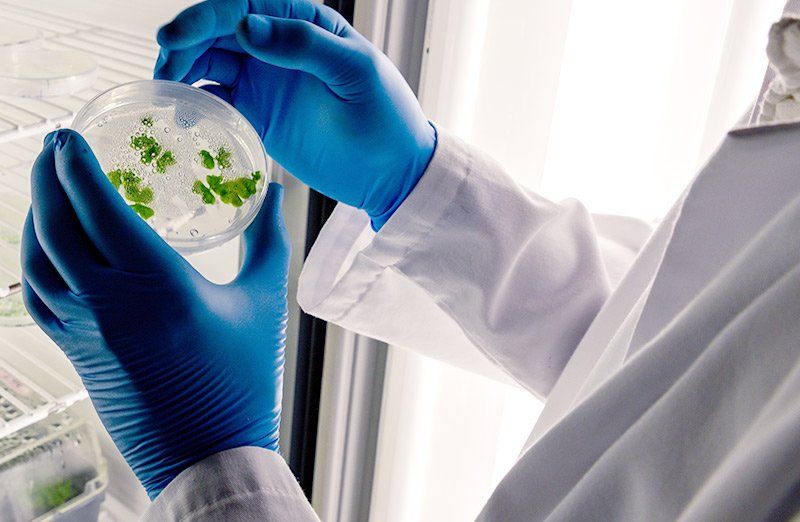
There are multiple variations of in vitro plant tissue culture, each with its own particularities.
However, we believe it is appropriate to mention the main phases and then emphasize some of them. Generally, in vitro plant tissue culture consists of 5 stages:
Species selection
Preparation of culture media
Tissue or explant development
Rooting
Conditioning and acclimatization
Most of these steps are carried out manually by trained personnel, and their duration varies depending on the specific application.
However, a common denominator in all cases is the preparation of the culture medium, a process that can be particularly time-consuming and labor-intensive.
There are three ways of dealing with this procedure: procurement of finished product by purchasing it from an external supplier, manual preparation using an autoclave or automatic preparation using a media preparator.
Preparation and sterilization of culture media in in vitro plant tissue culture
Culture media used in plant tissue culture typically contain inorganic salts, growth regulators, vitamins, amino acids, carbohydrates, and, in some cases, a gelling agent, although its use is optional. Additional compounds, such as antioxidants, growth retardants, or natural organic complexes, can also be incorporated.
One of the most critical factors in culture media preparation is pH control, as it directly influences plant growth and the activity of growth regulators. Generally, the pH should be adjusted to around 5.5. Moreover, to prevent microbial contamination, culture media must be sterilized, with moist heat sterilization using an autoclave being the most widely used technique in laboratories.
As we already know, the correct preparation of culture media requires precision and control. It is necessary to add different components, ensure the accuracy of quantities and keep an exhaustive record of the provided amounts of each nutrient. After sterilization, the culture medium must be properly dispensed into glass or polypropylene containers under a laminar flow hood. The success of the process depends on these factors, but achieving the required precision can be challenging, especially when performed manually, as this increases the risk of contamination at every stage.
We have no doubt about the expertise and dedication of your plant tissue culture laboratory team. However, the possibility of human error cannot be ignored. These errors can have serious consequences, affecting not only product quality but also staff safety. Additionally, any failure in the process can result in significant losses of time and financial resources.
Manual preparation of culture media in plant tissue culture involves several risks, both in terms of process efficiency and operator safety. Below, we explain why.
Risks of manual culture media preparation in in vitro plant tissue culture
As previously mentioned, in vitro plant tissue culture requires strict control to prevent risks that could compromise both laboratory safety and culture media quality. The most critical risks include:
- Human error
- Occupational hazards for laboratory personnel
- Risk of contamination in prepared media
These factors can pose serious problems, affecting the reproducibility, efficiency, and safety of the process. Automating culture media preparation is the best solution to minimize errors, improve safety, and optimize both time and costs.
Automate plant tissue culture with RAYPA media preparators
Enhance quality, productivity, and workplace safety with RAYPA’s media preparators, designed to fully automate the processes of preparation, sterilization, cooling, and dispensing.
At RAYPA, we understand the demands of in vitro plant tissue culture laboratories, which is why we have developed two specialized solutions:
- AE-MP Series – The standard, cost-effective, and efficient option for laboratories seeking automation without compromising quality.
- TLV-MP Series – The advanced expert solution, offering higher capacity, cutting-edge technology, and enhanced functionalities to meet the most stringent FDA, GMP, and GLP standards.
Both systems eliminate the challenges of manual media preparation, helping laboratories reduce human error, increase productivity, and improve operator safety.
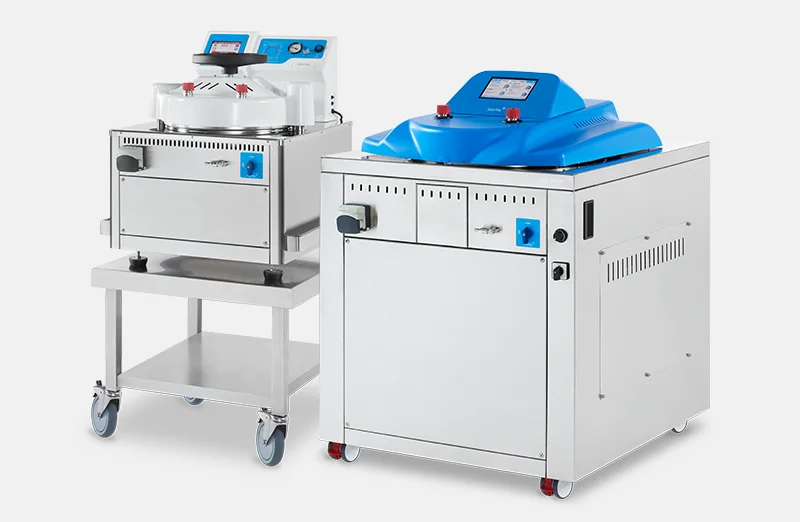
Advantages of our media preparators over an autoclave
| Autoclave | RAYPA Media preparator | |
|---|---|---|
| Preparation | The procedure for each container includes repetitive hand-operated steps such as weighing, filling with water, and mixing. Issues emerge regarding the dissolution and the uniformity of the solution’s concentration and volume. | A single operation of weighing and water filling, coupled with constant stirring and precise automated dispensing, achieves perfect solubility, uniform concentration, and equal volume across all containers. |
| Sterilization | Low-wattage equipment that slowly heat the medium. The lack of stirring results in uneven temperatures among the containers, increasing the risk of overheating or ineffective sterilization. The absence of internal temperature control in the containers impedes the assessment of the process’s efficacy. | Overpowered equipment rapidly heats the medium. The level of sterility achieved is the same at all points of the preparation. The use of a PT-100 flexible temperature probe for direct temperature monitoring enables quantification of lethality and ensures full traceability of every process. |
| Cooling | Very long cooling phase. After opening the door, the exact temperature of the containers is unknown, with the consequent risk of burns. Thermolabile nutrients or antibiotics cannot be injected. The overexposure to heat adversely affects the fertility of the culture media. | Fast cooling system using a water coil that reduces cooling time by up to 90%. Thermolabile nutrients or antibiotics can be injected at any time and enables the configuration of cycles with additional warming intervals. |
| Dispensing | Manual and individual dispensing in each container. Dispensing temperature not controllable. Notable lack of speed. Lack of homogeneity in volume between containers. Scaling up productivity in response to increased demand is challenging. | Automated dispensation is executed at the required temperature, achievable at varying speeds, both rapid and slow. Perfect volume homogeneity between containers. Multiple dispensing methods available and supports the integration of external dispensers, enabling productivity to scale according to demand. |
| Safety | Risk of burns from hot flasks, breakage of containers inside the autoclave and solidification of the preparation during dispensing. | Ergonomic design, total safety for the operator, multiple automatic functions, and minimal risk of cross-contamination. |
| Cleaning | Difficult and laborious. Manual cleaning of each container and of the dispensing system used. | Significant time is saved through the chamber’s and dispensing lines’ various automatic self-cleaning functions. Inner vessel with handles for comfortable removal. |
Optimize your laboratory with RAYPA
The AE-MP and TLV-MP Series media preparators will help you enhance the quality of your cultures, reduce contamination risks, and maximize laboratory efficiency.
Want more information? Do not hesitate to contact us. We will help you choose the model that best fits your needs.

